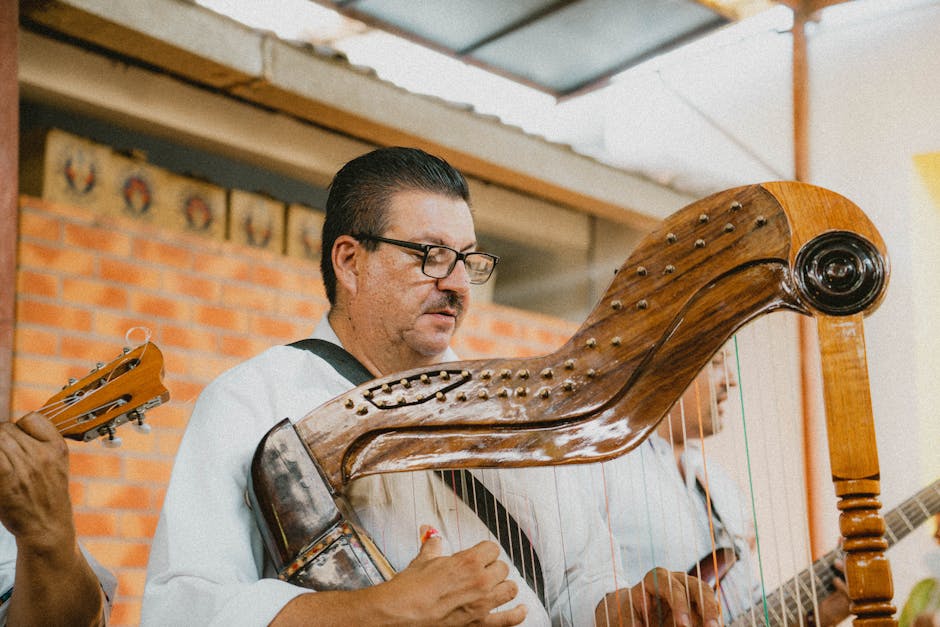
Artist and Performer Visas: How to Get One
Artist and Performer Visas: How to Get One
The world of art and performance knows no borders, but immigration laws certainly do. For artists, musicians, actors, and other performers looking to share their talents abroad, securing the right visa is essential. Whether you’re planning a short-term tour or a long-term engagement, understanding the visa application process can make the difference between a seamless international experience and a logistical nightmare.
Understanding the Different Types of Artist and Performer Visas
Not all visas are created equal, and the right one for you depends on your destination, the nature of your work, and the duration of your stay. Some common visa categories include:
- O-1 Visa (U.S.) – For individuals with extraordinary ability in the arts, this visa allows performers, directors, and other artists to work in the U.S.
- P-2 Visa (U.S.) – Designed for artists and entertainers coming to perform under a reciprocal exchange program
- Tier 5 (Creative Worker) Visa (U.K.) – For those invited to work in the U.K. for up to 12 months in creative fields
- Schengen Visa (EU) – Short-term permits for performers touring in multiple European countries
Each visa has its own eligibility criteria, so thorough research—or consultation with an immigration expert—is crucial.
Key Steps to Securing Your Visa
- Determine the Right Visa Type – Assess whether you need a work visa, a temporary entertainment visa, or a cultural exchange permit based on your engagement.
- Gather Documentation – This may include contracts, letters of invitation, proof of professional achievements, and evidence of financial stability.
- Submit Your Application – Follow the embassy or consulate’s guidelines carefully, paying attention to processing times and fees.
- Prepare for the Interview (if required) – Some visas require an in-person interview where you may need to demonstrate your qualifications.
Common Challenges and How to Overcome Them
Many artists face hurdles such as lengthy processing times, strict eligibility requirements, or unclear application guidelines. To avoid setbacks:
- Start Early – Some visas take months to process.
- Seek Legal Advice – An immigration attorney familiar with artist visas can help navigate complex requirements.
- Keep Records Organized – Missing documents can delay or derail your application.
Final Thoughts
While visa applications can be daunting, they are a necessary step in bringing art across borders. With careful planning and the right resources, you can focus less on paperwork and more on your passion—creating and performing for audiences around the world.
Would you like guidance tailored to a specific country or visa type? Let me know how I can help refine your journey!







